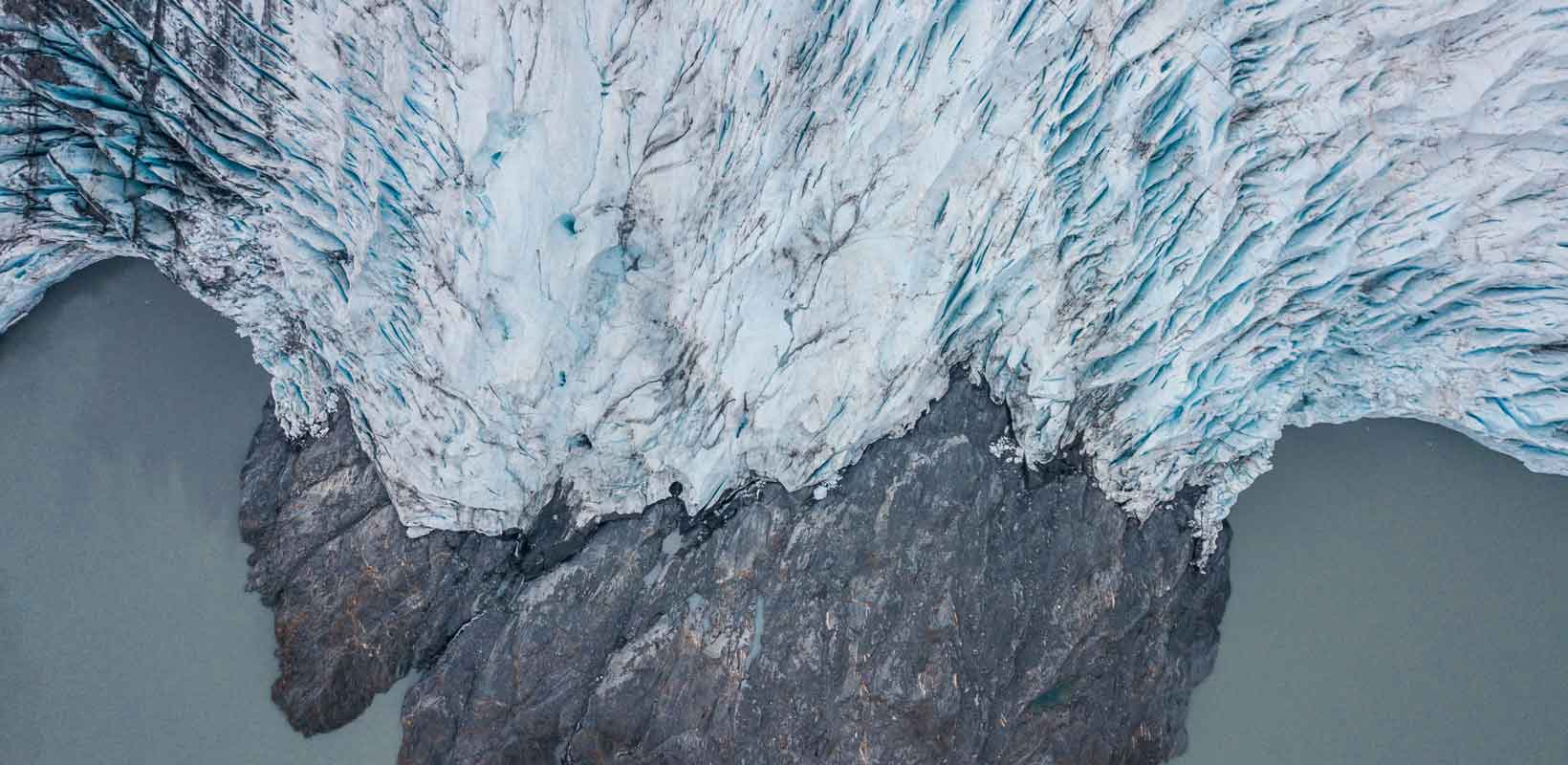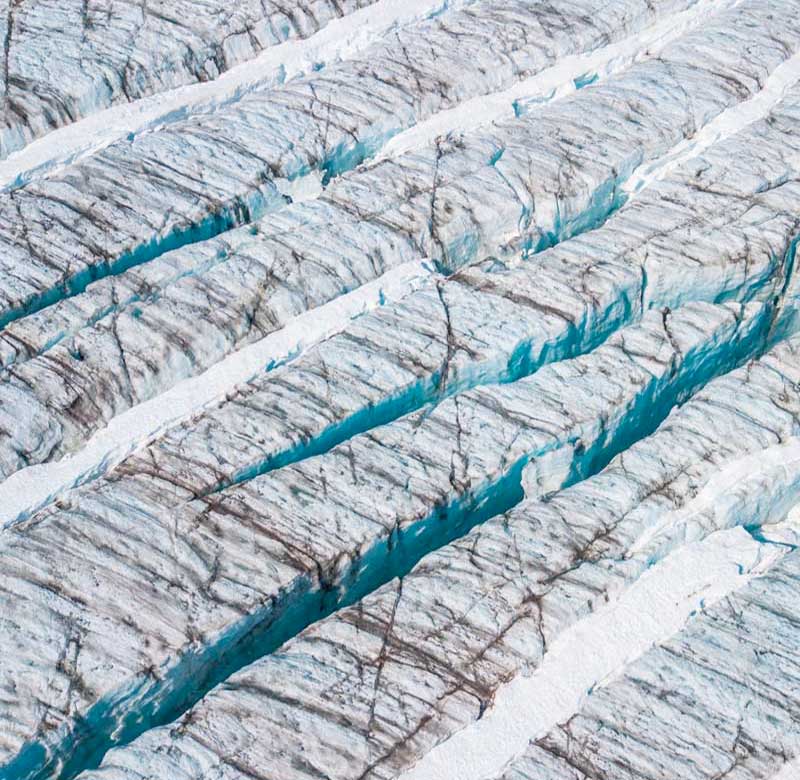Two fifths of the Arctic is covered by permanent snow and ice that remains frozen throughout the year.
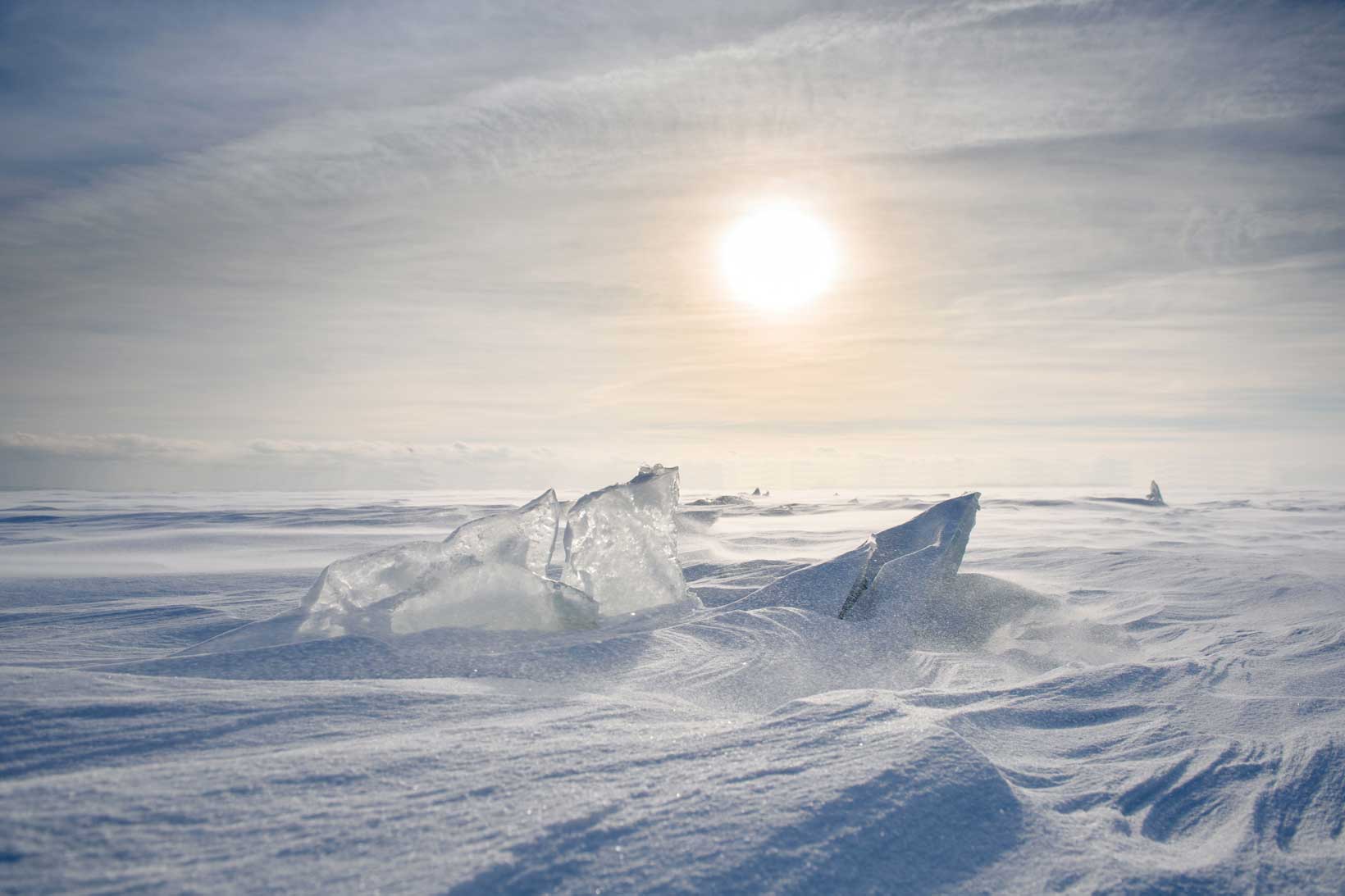
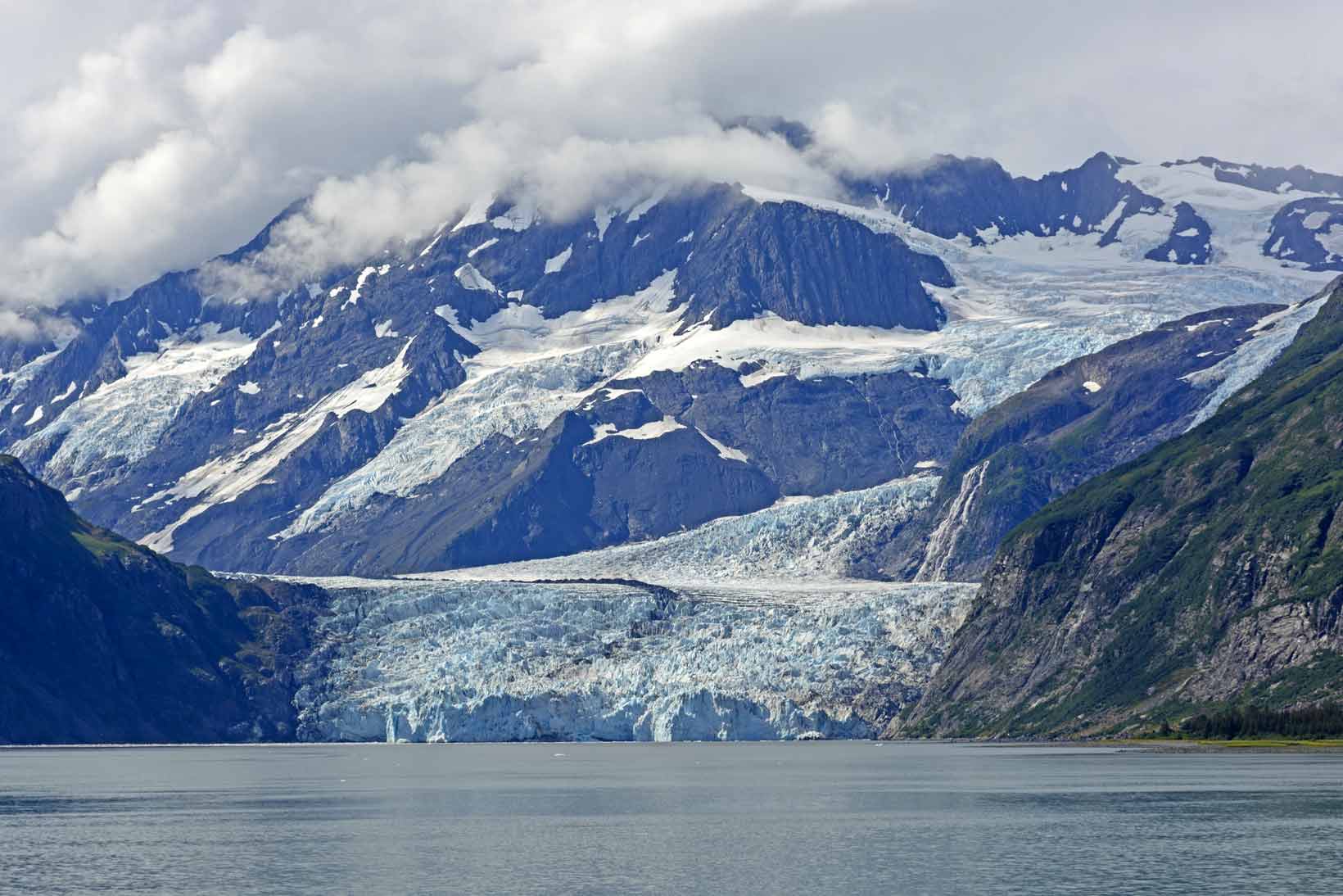
This area is dominated by glacial processes and landforms. Glaciers form when the amount of snow and ice that accumulates in the winter is greater than the amount that melts in the summer. The snow that falls is compressed over hundreds of years until it is transformed into glacier ice.
How much do you know about glaciers?
- Test your knowledge with Glacial features dominoes!
A glacier is an open system, with inputs and outputs. If inputs exceeds outputs, the glacier will advance. If outputs exceed inputs, the glacier will retreat.
- What are the inputs and outputs to a glacial system?
- How is climate change altering the dynamic equilibrium between inputs and outputs?
Arctic Glaciers
Glaciers are classified according to their size, shape and location. The Arctic region contains a wide range of different glaciers, including:
- An ice sheet
- Icecaps
- Valley glaciers
- Outlet glaciers
- Piedmont glaciers
- Tidewater glaciers
- Ice shelves
Find out more about glaciers
- Can you research the difference between these different glaciers, and find a named example from the Arctic? Locate them on this map of the Arctic.
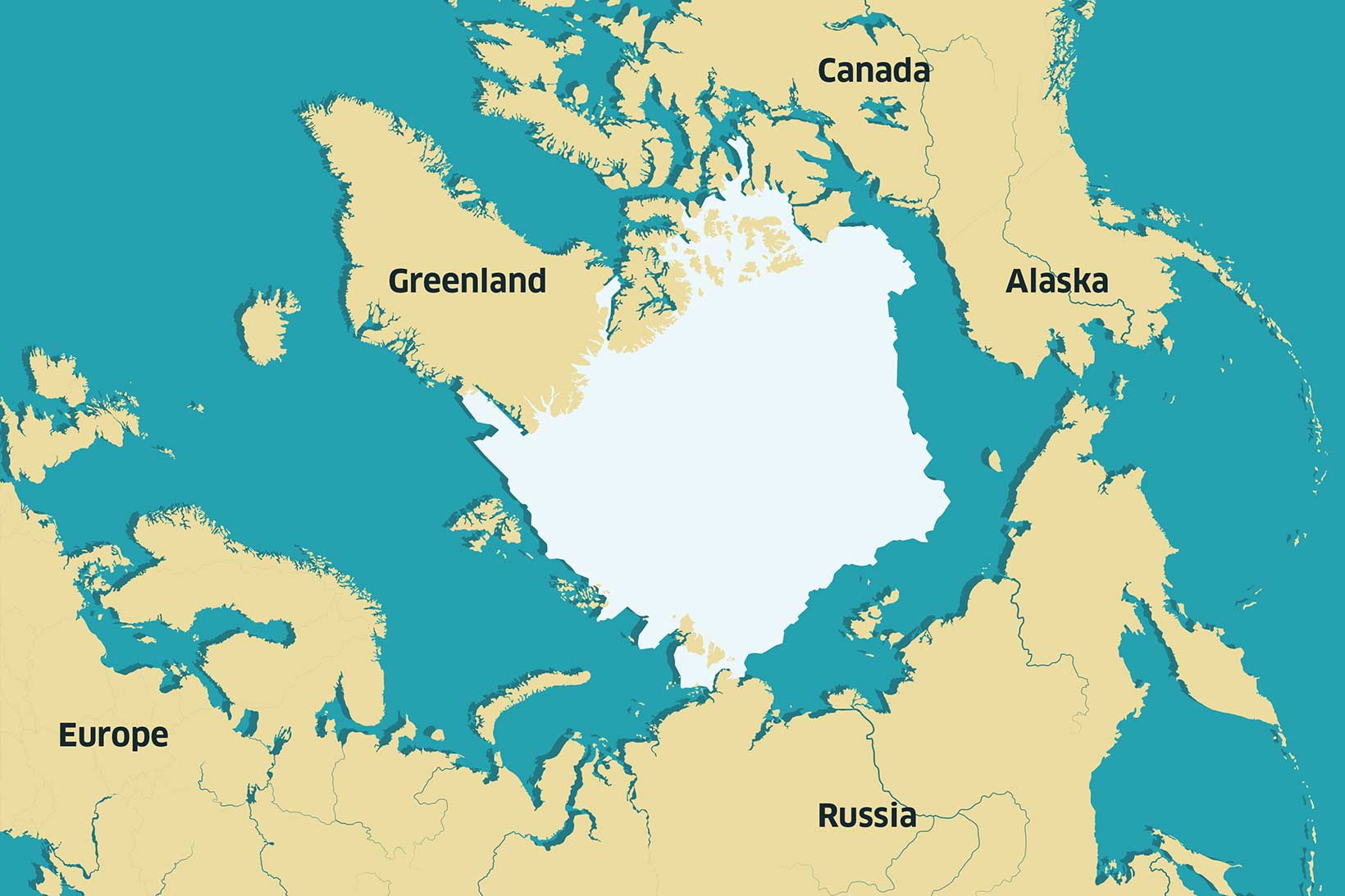
Glaciers and sea ice
Glaciers originate on land, even if, in the case of ice shelves and icebergs, they eventually extend or float out into the sea. In contrast, sea ice is frozen ocean water, and exists in an area of between 7 and 15 million km2 at the most northerly part of the Earth surrounding the North Pole.


